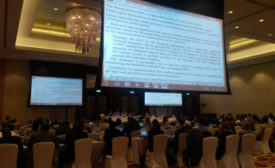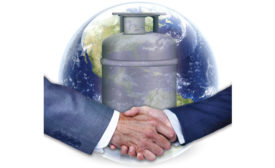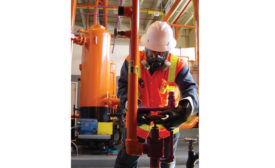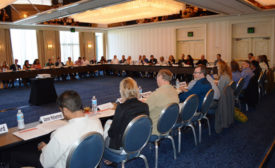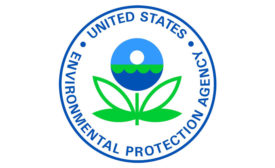Refrigeration
Association said it has long supported including HFC refrigerants in the phasedown plan
Read More
Mandate for Montreal Protocol Contact Group Achieved
Mandate was a central goal of the U.S. delegation
November 3, 2015
Roundy’s Joins EPA’s GreenChill Program
Company installed transcritical CO2 refrigeration system in its Menomonee Falls Pick 'n Save
November 3, 2015
HVAC Industry Invests in Low-GWP Refrigerants
HVACR industry spent more than $255 million in 2015 to research, develop low-GWP refrigerants
Read More
ACCA’s Commercial Refrigeration Systems Maintenance Standard Recognized by ANSI
First standard for assessment and maintenance of commercial refrigeration equipment
November 2, 2015
The Professor: Calculating Net Temperature Glide
Simple calculations account for system pressure drop
Read More
Ice Breaker: Preventing Repeat Compressor Failures
Determining the cause of the failure is a necessary post mortem
Read More
Breathe Easy With a Good Ammonia Safety Program
Prevention, mitigation, and preparation can save lives
Read More
Exploring the Future of Sustainable Commercial Refrigeration
Danfoss EnVisioneering Symposium examines impact of regulation
November 2, 2015
EPA Releases Early Version of Section 608 Proposal
Included are new limits on venting, updates on technician certification
November 2, 2015
Copyright ©2025. All Rights Reserved BNP Media.
Design, CMS, Hosting & Web Development :: ePublishing
